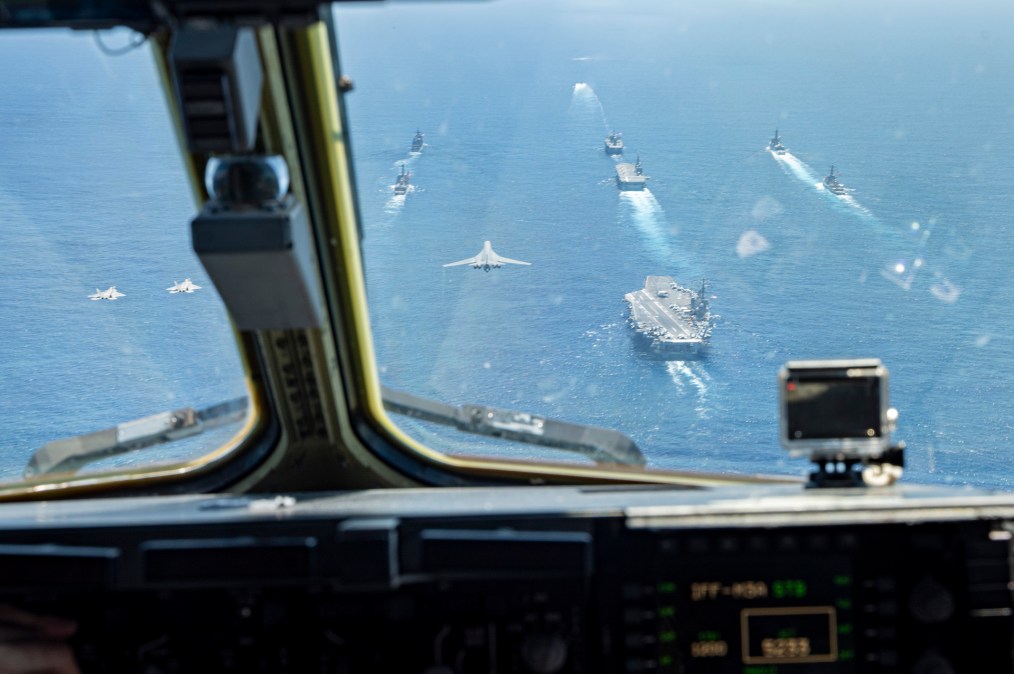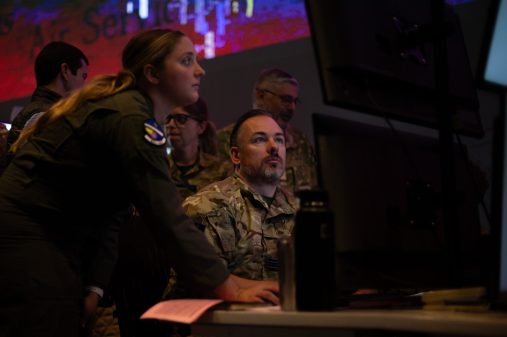Air Force standing up integrated program office for Joint Fires Network on Oct. 1

NATIONAL HARBOR, Md. — Ongoing efforts under U.S. Indo-Pacific Command’s Joint Fires Network will officially transition into an integrated program office in October, according to a senior Air Force official.
The Joint Fires Network is a prototyping effort that seeks to develop a battle management platform able to display real-time, actionable threat information from across domains to joint and partner forces operating in high-end conflicts — particularly within the Indo-Pacific region. The program is considered one of the key pieces to a Defense Department-wide effort known as Combined Joint All-Domain Command and Control (CJADC2).
The project was initially led by the Pentagon’s undersecretariat for research and development. However, the Air Force announced last year that its program executive office for command, control, communications and battle management (C3BM) would serve as the executive agent for the Joint Fires Network, handing over the program’s budget and acquisition authority to the service.
A year later, the Air Force is now ready to complete that transition by standing up an official integrated program office for the Joint Fires Network on Oct. 1, Maj. Gen. Luke Cropsey, PEO for C3BM, told reporters Tuesday.
The integrated program office will be “a combined Air Force, Navy, [Defense Information Systems Agency] and, to some extent, Army program office [that] actually now takes that capability forward, and builds it down and out and into what the services will need to do on the integration front,” Cropsey said during AFA’s Air, Space and Cyber conference.
Although the Air Force is taking the lead on the Joint Fires Network, the program will remain focused on providing capability to the entire joint force. The current governance process for the project will remain the same, ensuring that the Pentagon and combatant commands have a voice in what the capability looks like, according to Cropsey.
At the same time, the current team working on the Joint Fires Network will be able to keep the ball rolling as the program transitions, he added.
“What we’re doing is, we’re adding additional capability people-wise into that construct, and we’re going to build out that program office so that we’re addressing integration aspects beyond what they’re currently capable of doing with the added manpower,” Cropsey said. “But what we’ve done, quite frankly, is we’ve maintained that joint, [Office of the Secretary of Defense]-level flavor to how the program is being operated, so that we maintain basically the speed and lift that program has.”






